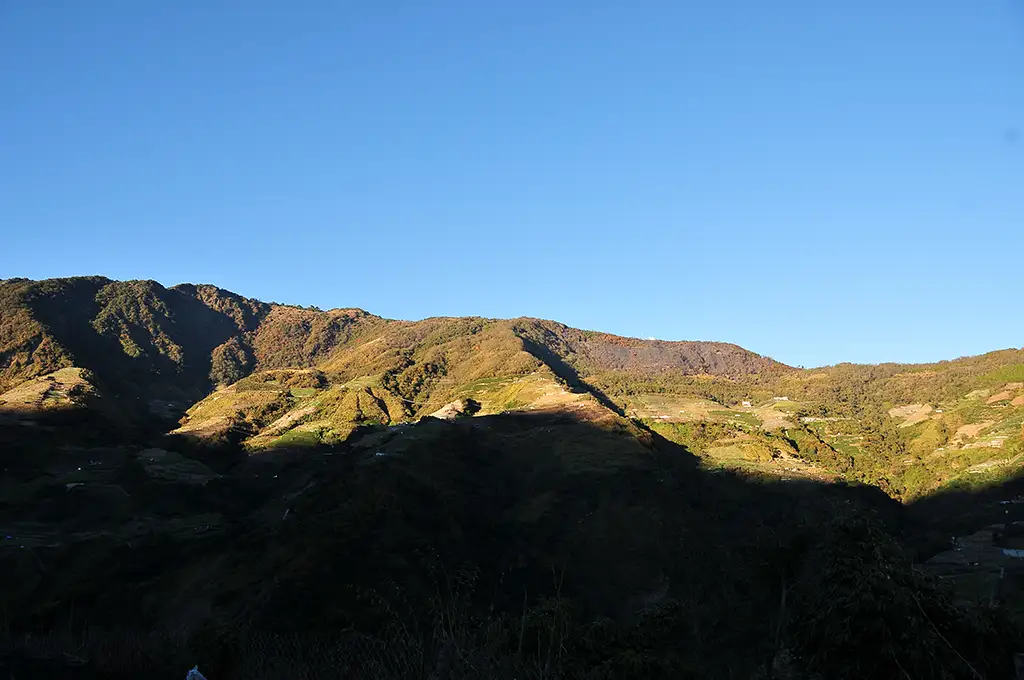Taiwan tea originated from Fujian, China, where Chinese immigrants brought tea seedlings and technology to Taiwan 200 years ago. In addition to the two traditional Chinese Oolong teas, Wuyi Oolong and Tieguanyin, Taiwan has also developed unique varieties of Oolong teas, and became a producer of excellent Oolong teas 100 years ago, selling them in large quantities all over the world.
Characteristics of Taiwanese Oolong Tea
Chinese immigrants to Taiwan soon found that the same tea tree varieties transplanted to Taiwan had a very different flavor, which is due to the different climates in Taiwan, and is generally believed to be the result of the following geographical changes:
Monsoon and Island Type: The ocean brings abundant water vapor, which also regulates the right humidity and temperature, allowing tea trees to grow at a stable level. The monsoon environment also allows for rich variations in the flavor of the tea leaves.
Steep Hillside: Taiwan is a mountainous island with steep slopes that are easy to drain, providing a good growing environment for tea trees. The varied hillside terrain also makes it easy to produce different varieties of tea.
These environmental advantages have made Taiwan the best producer of Oolong tea. 150 years ago, Taiwan produced a wide variety of high quality Oolong teas, such as Wenshan Pouchong Tea、Dong Ding Oolong Tea、Oriental Beauty Tea and Red Oolong Tea, all of which are distinctive and popular. After more than 100 years of development, Taiwan Oolong Tea underwent a major change 50 years ago. ….

High Mountain Oolong Tea
Taiwan, with an area of 36,000 square kilometers, is home to 268 peaks exceeding 3,000 meters (9,800 feet) in altitude, making it the island with the highest density of high mountains in the world.

Initially considered unsuitable for tea tree cultivation due to cold weather, these high mountains saw progress with advancements in planting technology. In 1970, tea farmers began cultivating tea at altitudes above 1,000 meters. To their surprise, they discovered that high mountain tea not only had a less bitter taste and higher sweetness but also carried a long-lasting, aromatic aftertaste. Since then, Taiwan’s tea industry has entered the “High Mountain Tea era.”
Support for Oolong Tea from the Taiwanese Government and Private Sector
Oolong tea is highly embraced in Taiwan, leading the government to establish specialized departments for tea research, breeding, education, and promotion. Both the government and private sector organize various tea competitions, where award-winning teas can command high prices, reaching up to one million Taiwanese dollars (approximately 30,000 USD) per 600 grams.
In pursuit of championship honors, farmers actively enhance tea processing techniques and engage in research and development, contributing to the continuous improvement of the overall quality of Taiwanese Oolong tea.